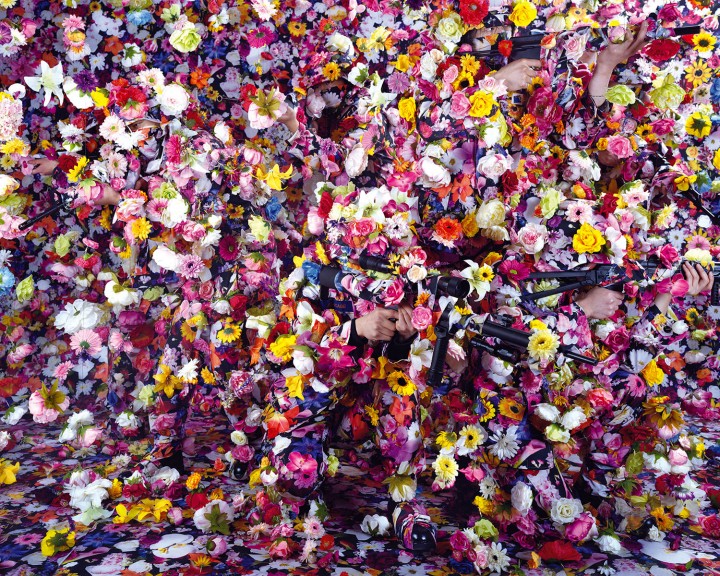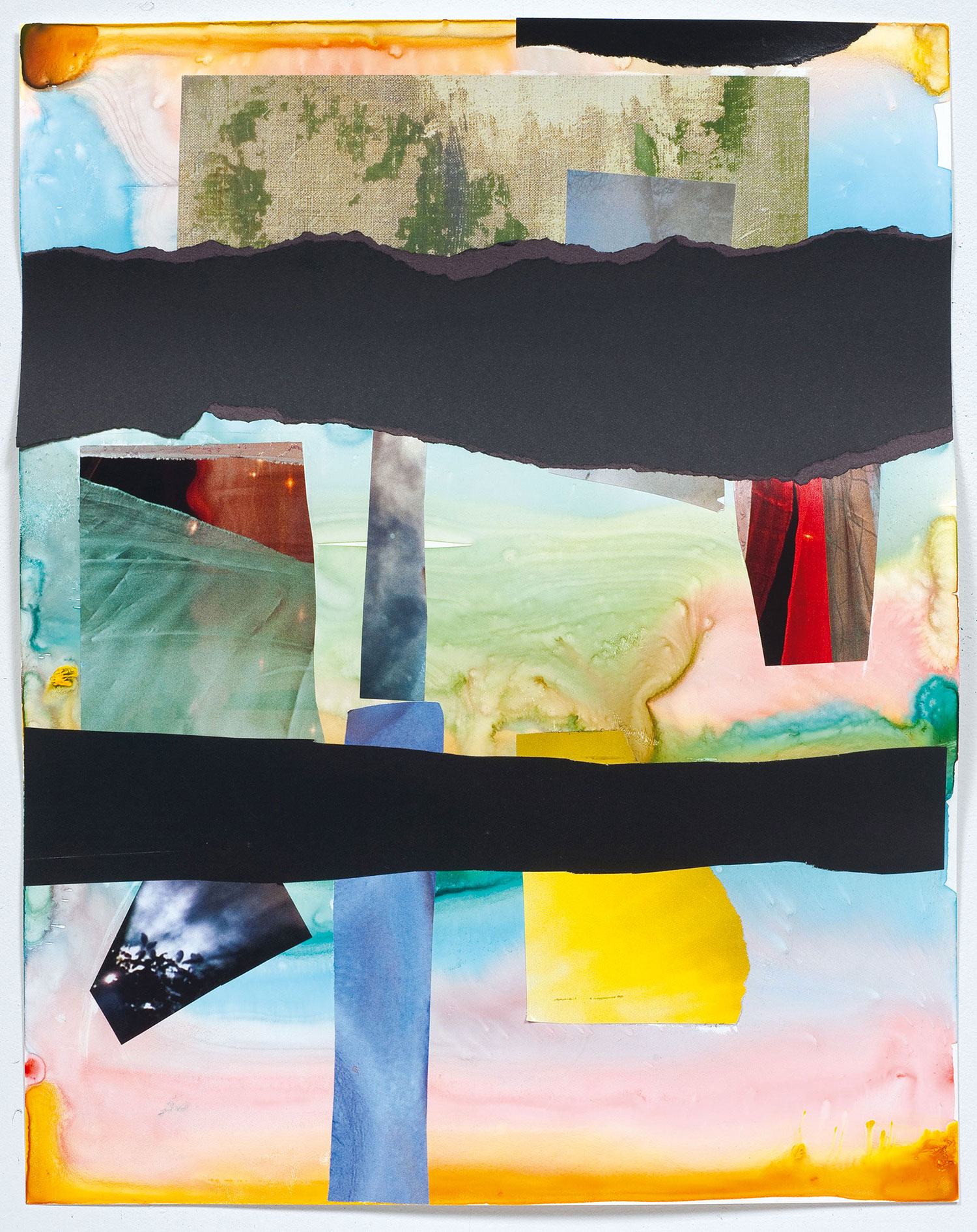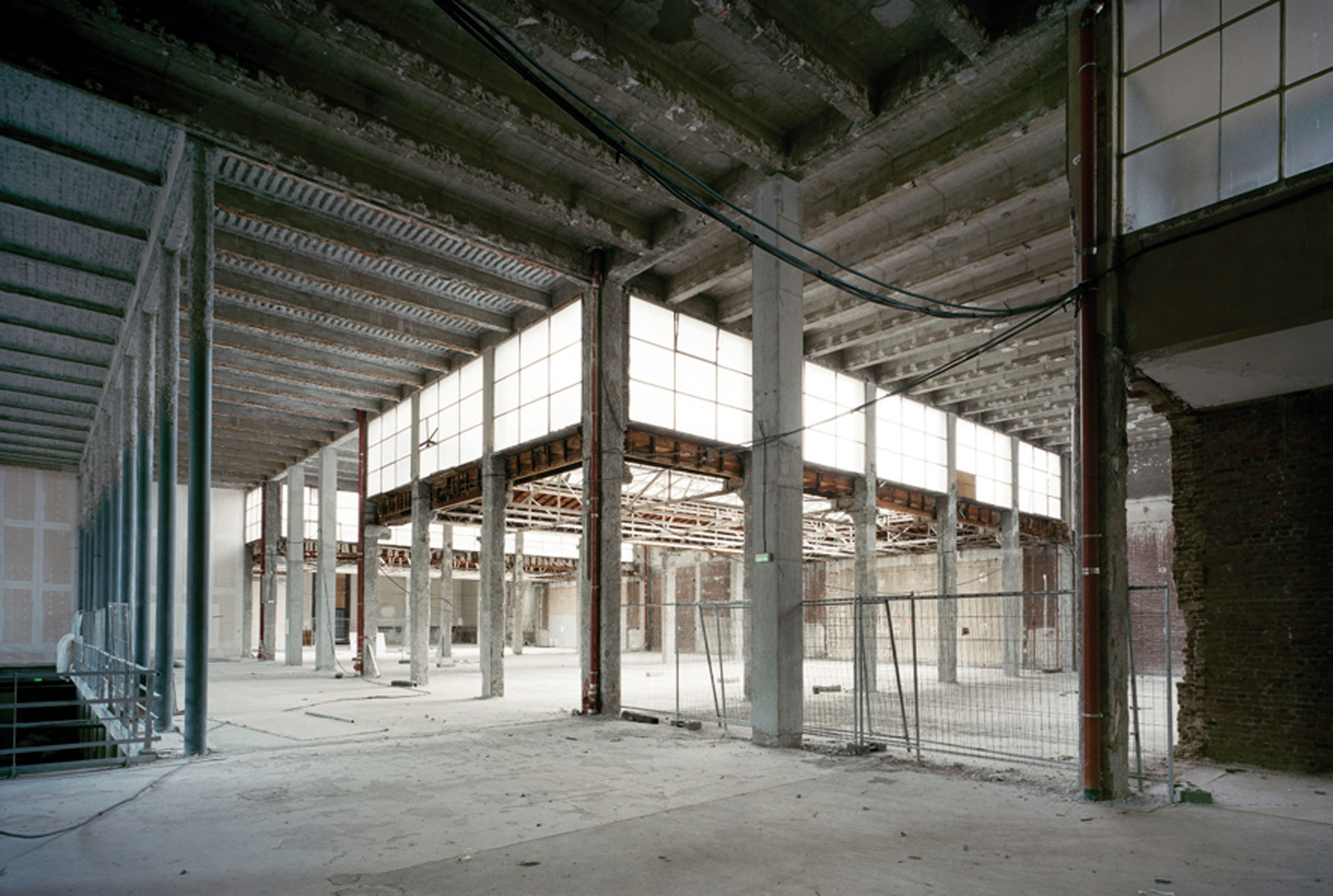
Lately, the main buzzword around the South Korean cultural scene is “hallyu,” the so-called Korean wave. Pop music, soap operas, film and other aspects of mainstream culture are extending past Asia and garnering immense popularity in Europe and even the Middle East. This interest and attraction to Korean pop culture, especially K-Pop, has been labeled with the phrase “hallyu.” But is this phenomenon also valid in terms of art? While “hallyu” may reflect the reality of globalism, the new Korean Art does not merely fixate on questions of global branding or breaking into the international art scene. Rather, it aims to overcome the confines of its borders through a fluid relationship with language and physical environment. This text introduces paradigm-shifting artists who are drawing attention from inside and outside Korea.
Recently chosen by Korean art professionals as one of the scene’s most representative voices, Yeondoo Jung was the youngest recipient of the Artist of the Year Award by the National Museum of Contemporary Art in Seoul, when he presented his work Documentary Nostalgia in 2007. What makes this work appealing is the artist’s elimination of editing from the filmmaking process. From bedroom interiors, empty urban streets, rural scenery, an open field, forest and a sky full of clouds, these six scenes are shown in a continuous flow. In the allotted seventy-minute period, the camera does not once come to a halt. Rather than disguising the fictive to appear real, the artifice of the artist’s work is made known up front, to the point of revealing the very process in which all is fabricated. His work powerfully shatters previously held beliefs and notions.
Representing the legacy of kinetic art in Korea, Choe U-Ram first gained recognition abroad with his 2006 exhibition at the Mori Art Museum in Tokyo. There he presented the “Urbanus” series, which he says was conceived in relationship to Japanese capital: “I started developing this idea about the inexplicable energy [that] powers cities to expand continuously. I thought it would be appropriate to install an organism that supposedly grows on the city’s energy.” In the past year, New York’s Asia Society commissioned him to create and show new work. Along with his growing prominence, the scale of his practice has increased both physically and conceptually. Choe first conceives a narrative for his project, which he drafts and designs on the computer, then his staff of ten prepare and assemble the materials, and finally an engineer installs the central processing unit (CPU). This whole process takes anywhere from one year to two years. An artist who “uses technology as paint,” Choe employs metal parts to construct creatures that seem more likely to exist in sci-fi movies or comic books. In the exhibition space, these monumental aluminum and stainless steel pieces move slowly while emitting cold rays of light.

One of Korea’s most sought-after artists using new media is Lee Yong-Baek, who places more weight on philosophical concepts than technical form. Having chosen video as his main medium, believing that it is best for communicating his complex ideas, his works are anything but banal. For “The Love is Gone But the Scar Will Heal,” his exhibition at the Korean Pavilion of the 2011 Venice Biennale, he presented Angel Soldier, which shows footage of a solider wearing a floral-pattern uniform marching slowly in a field of flowers. What seems to be a still is instead a moving image; upon closer inspection, the heavily florid picture separates into an optical illusion, revealing three-dimensional flowers in the foreground and, behind, the soldier slowly creeping along, masked in camouflage. Alongside this video he presented the series “Pieta,” which combines political commentary with faith. The three sculptures — one for love (kissing), one for hatred (martial arts) and one for death (the traditional posture after Michelangelo’s sculpture) — are cast-molded figures posed in stances reminiscent of religious imagery.
Ki-Bong Rhee is known for his optically complex drawings layered in plexiglas. For “There Is No Place,” his solo show at Tina Kim in New York in 2011, Ki-Bong Rhee included an environmental installation depicting a black tree with long leaves in subtle motion. The landscapes appear to be within a thick, foggy environment — a motif the artist often uses, giving the works a tactile sense of moisture. Rhee is concerned with capturing the ephemeral moments of change — for example, the appearance of a fog or darkness in an environment. Viewers in the presence of his artwork may experience reality and fantasy collapsing together — a familiar yet uneasy moment of the uncanny. At Kukje in Seoul, Rhee recently presented works such as Empty Smell (2011), Edge of Sensorium (2011) and others that are drawn from closely studying the properties of water and mist.

After being active for many years in France, Shin Heung-Woo returned to his homeland in 2003. The ideas generated by his works are not philosophical or esoteric, but relate to common themes from our immediate surroundings — stories of people and their lives, which the artist depicts with bright and brilliant colors. In his paintings Shin Heung-Woo considers each individual’s identity and gives them their own agency regardless of race, gender and age. Using silicone-based paint and a unique technique with a syringe, he successfully portrays humankind’s diversity. Compared to a more intellectual and conceptual approach, his work feels fresh, genuine and relevant, rooted in reality through the employment of a different kind of complexity. Reinforcing this approach, the artist collaborates with people from other fields such as actors and musicians.
New York-based artist Park Min Joon’s works are populated by mythical creatures. For “Carnevale,” his solo show at Gana Art Gallery in New York in 2009, the artist displayed pieces that were stylistically sophisticated and extremely provocative in content. His labor-intensive works maintain a balance between craftsmanship and aesthetic value. He states: “The main subjects of my work are life, death, and eternity. These three subjects form a foundation [for] stories based on Greek and Roman mythology, religious stories, Egyptian mythology and even Eastern philosophy. However, I do not limit my thought to a particular philosophy. My work depicts stories of human beings…”
These leading figures of Korean contemporary art have forged individualized approaches for producing powerful and iconic works. Their ongoing contributions to the “hallyu” culture will be worth following closely.





